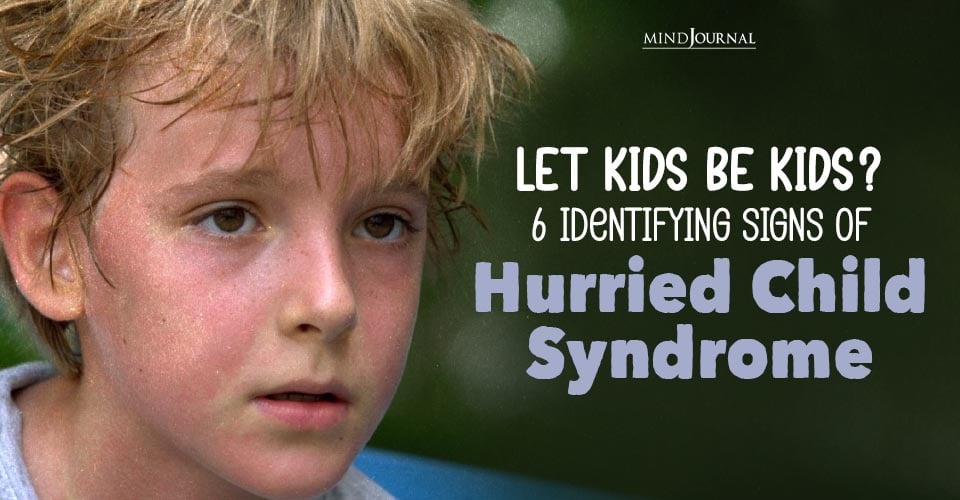The authoritative parenting style can sometimes be mistaken for the authoritarian style, although they cannot be more different. Below, we’ll provide you with an overview of the main parenting styles, focusing on the authoritative style’s characteristics and its effects on children.
What Are the Four Parenting Styles?
Parenting styles were defined in 1966 by Baumrind, who attempted to explain how parents control their children. The three main types identified were:
- Permissive style, characterized mainly by warmth and love, but also a lack of rules and standards
- Authoritative style, characterized by warmth and love, firm but supportive enforcement of rules and standards
- Authoritarian style, characterized by a lack of warmth and forced compliance, obedience, and use of threats and punishments
A few years later, a fourth parenting style was defined, namely neglectful parenting, where parents lack warmth and are unresponsive, rejecting, and uninvolved.
The main difference between authoritative and authoritarian styles is that, while both of them focus on enforcing rules, authoritative parents do so using love, warmth, and cooperate with their children using reasoning.
A key similarity between authoritative and permissive is that both styles use warmth and love, but permissive parents don’t insist on responsible behavior and let their kids get away with breaking the rules.
Characteristics of Authoritative Parenting Style
The main concept behind the authoritative parenting style is teaching kids rules and enforcing them. However, unlike the authoritarian style, the method differs because these parents teach the kids the reasoning behind the rules rather than saying “Because I say so”.
The main characteristics of the authoritative parenting style are:
- Loving, warmth, and nurturing the child
- Listening to the child and encouraging their autonomy and independence
- Establish clear rules and standards and enforce them consistently and firmly (but kindly)
- Reasoning with the child so they understand the rules (instead of demanding obedience)
- Using positive discipline (not punishments or threats)
- Earning, not demanding, the child’s trust and respect
Overall, the authoritative parenting style is not a fixed set of practices. Each child is unique, so the parent’s actual practices should be suitable for the child’s temperament. The style is based on the principles of “high demands and high responsiveness”, but these are placed on a spectrum rather than a fixed set of features.
For example, an authoritative parent could employ different practices for different children under this parenting style, or based on their age and abilities. For example:
- For a toddler, practices for responsiveness include hugging and cheering, and high demands could include showing good manners, such as not playing with food or saying “thank you”.
- For a teenager, practices for responsiveness may include smiling and congratulating, and high demands could include doing house chores and getting good grades in school.
The authoritative parenting style is a combination of both permissive and authoritarian styles. On the one hand, it sets firm boundaries and high demands for the child via consistency and discipline. This regulates the child’s behavior and sets the foundation for success later in life.
On the other hand, authoritative parents are warm, open-mind, nurturing, and supportive. They offer explanations and reasoning for the demands and boundaries, so children develop healthy attachments to their parents, emotional control and regulation, and efficient social skills.
On the same note, an authoritative parent does not use punishments or threats to discipline children. They correct and discipline the child, but they are not hurtful or mean.
Known as inductive discipline, this involves using reasoning to explain consequences and disciplinary actions. Parents remind children of boundaries and rules and consequences for not respecting them, such as:
- Instead of telling your toddler “Do not climb on the furniture”, an example of inductive discipline is “You should not climb on the furniture because it’s too high and you’ll fall and get hurt”;
- Instead of simply imposing a curfew for your teenager, you could tell them “You should be back home by this hour because it’s dangerous to stay out late and I’ll be very worried”
When using this type of discipline, authoritative parents use natural and logical consequences in a consistent way. While this may not be always easy, parents must understand that asking for support and professional advice is important. For instance, texting therapy could help parents navigate the challenges of child-rearing and find the most appropriate solutions for unexpected situations as they encounter them.
Effects of Authoritative Parenting Style
There is no doubt that a nurturing, emotionally supportive, and demanding environment can help children thrive. In addition to this, the characteristics of the authoritative parenting style set the right foundation and background for your child’s development and their adult life:
- Your child is less likely to develop emotional problems because you are warm, loving, and sensitive. This style nurtures attachment, cooperation, trust, respect, and a strong bond with your child.
- A warm attitude and positivity increase the kid’s self-esteem.
- The authoritative style nurtures self-control as the child gets to understand rules and consequences and makes their own choices.
- Inductive discipline helps your child learn how to solve conflicts without using violence or hostility.
- Children are encouraged to be independent and attempt to solve minor problems by themselves, leading to developing healthy coping mechanisms and problem-solving skills.
How to Be an Authoritative Parent?
There is no strict strategy you can follow to become an authoritative parent. People have different parenting practices under this style. In general, an authoritative parent should aim to:
- Act as role models for their children
- Set consistent rules, boundaries, and expectations, and provide reasoning, then follow through with consequences if rules are not respected/expectations are not met
- Exhibit good emotional control, be warm, loving, and use praise
- Teach their children how to understand others using appropriate methods based on age and knowledge (i.e., how would you feel if someone else would do this to you?)
- Enforce independence, so children learn how to solve problems and have their own achievements, which leads to increased confidence and self-control
Summary
According to research, authoritative parenting is the best parenting style. It is not a strict set of practices, but rather a broader concept that you can personalize according to your own situation and your child’s temperament. Overall, an authoritative parenting style is based on high but reasonable demands and high responsiveness. In other words, you should have high expectations from your child but also provide them with all the support and resources needed to succeed.









Leave a Reply